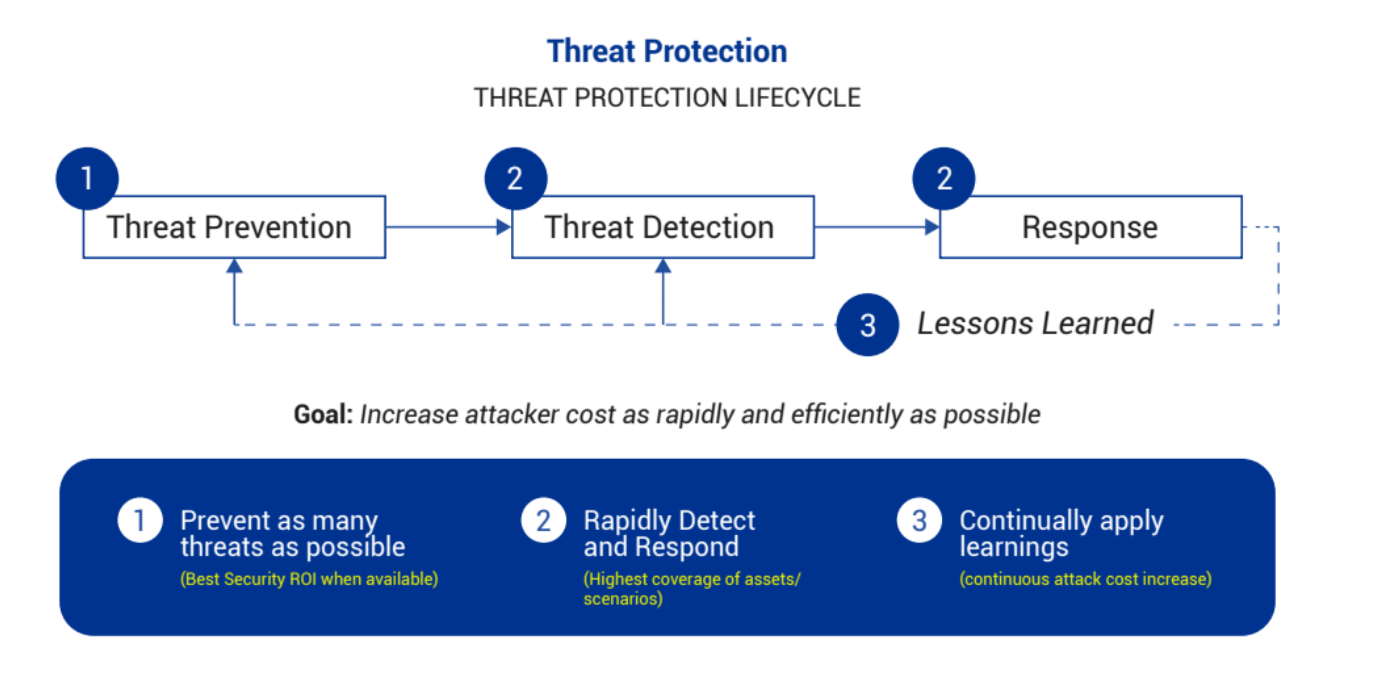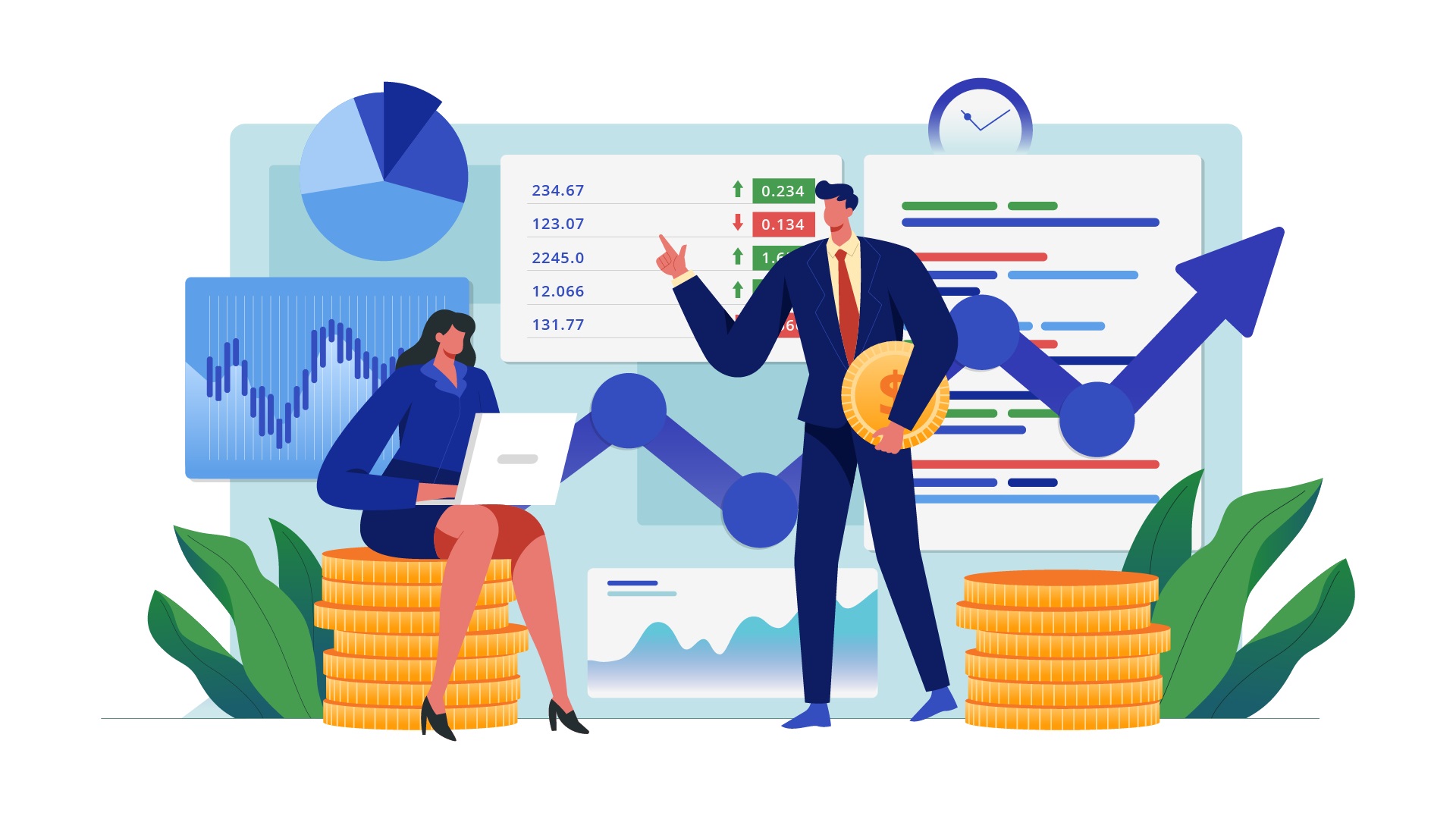As the retail industry faces the challenges of a weakened economy and rising inflation, consumer confidence and spending power are decreasing. This shift in consumer behavior requires a strategic approach to product differentiation through effective marketing strategies. However, in a highly competitive and unpredictable market, maintaining a strong brand image is no easy feat. It is crucial for business leaders to stay ahead of the curve and develop innovative strategies to remain relevant and resilient.
We spoke to marketing professor and consumer behavior researcher, Marko Sarstedt about sensory marketing, the impact it can have on customer experience, and the knock-on effect it has on customer loyalty.
He has also made the Clarivate Analytics’ Highly Cited Researchers List several times including ranking as the “world’s most impactful scientific researchers.” In March 2022, he was awarded an honorary doctorate from Babeș-Bolyai-University Cluj-Napoca for his research achievements and contributions to international exchange.
Could you briefly explain what sensory marketing is and how it relates to customer loyalty?
Sensory marketing involves all processing of sensory perception. It’s about how certain sensory stimuli – like light, temperature, sound, or haptic elements – impact our perception of products in retail environments. Sensory marketing as an academic field is involved in trying to understand how these different stimuli impact us, what are the mechanisms through which they impact us, and how retailers and other companies such as online shops can leverage these insights to improve customer experience.
When consumers enter a retail space, there are lots of influences they have to cope with such as music, light, scents, and even other customers. Being exposed to many, sometimes divergent influences, creates dissonance and diminishes satisfaction. By harmonizing at least some of these influences, consumers can process the environment more easily.
As consumers, we don’t want to go somewhere and invest lots of cognitive effort and capabilities to process all these different impacting factors. We want to have things easy. If this is achieved through sensory perceptions, customers will enjoy the experience enough to come back.
Harmonizing sensory perceptions improves satisfaction, which then improves loyalty.
There is a direct causal chain between these sensory perceptions and customer satisfaction, and it is well supported by research.
How has the current economic climate impacted customer loyalty in the retail industry?
We need to first consider the consequences of the pandemic which has shifted many businesses to the online environment. People who were not used to purchasing goods online were forced to give it a try and they learned that it’s favorable. The pandemic was an accelerator for online businesses because it massively shifted demand into the online world. Obviously, this is an issue for stationary retailers.
At the same time, we’re seeing high inflation in Europe and other regions in the world because of the war in Ukraine. This means there is less spending power. People want to save, and they typically get better bargains online. So we see diminishing loyalty in stationary retail because people have just shifted to an online world for various reasons.
Also, brand loyalty in general has been diluting for several years now. This is because there are more companies emerging that are targeting smaller niche segments to adequately address consumer needs and wants. In fact, today’s consumers, especially younger ones, expect this.
Nevertheless, the fact remains that people still want to experience goods and services in an offline world. They like more tactile environments because humans are social beings. We like to communicate one-on-one and want to experience our surroundings. We don’t live in a social vacuum. Especially after the COVID lockdowns, we can see that people are longing for social interactions and exchanges. So, despite the shift online, there is a countermovement back to stationary retail.
Sensory marketing has an unbeatable advantage over online settings because it caters to all our sensory perceptions which is more difficult to achieve online.
That’s how sensory marketing can contribute to customer loyalty for stationary retailers.
In today’s highly competitive retail landscape, how can businesses use sensory marketing to differentiate themselves from their competition?
Brand managers put a substantial amount of effort into defining their brand image. They define what a brand should look like in the minds of consumers. They then run advertising campaigns on social media with influencers, targeting these brand image elements.
What brand managers oftentimes forget is the actual experience of the brand at the point of sale. You can have the fanciest advertising campaign, but if the brand experience at the point of sale is opposing that image, then it’s wasted money in the first place.
For example, if the masculine image of a brand that targets male consumers is not supported at the point of sale – either by the color schemes, lighting, music, or scent – all your brand positioning efforts are ruined.
Brand managers need to view the experience of a brand holistically, not just through advertisement and communication, but also how consumers experience the product at the point of sale or the experience of the product itself.
This is something that many brand managers put very scant attention on right now. They focus on how people perceive the brand. But when it comes to haptics, tactile, and what the products look like when a customer interacts with them, that’s regarded to be of minor relevance.
How can business leaders justify investment in sensory marketing? What are the potential returns on that investment?
There’s ample research showing the importance of sensory perceptions for consumer behavior. For example, we know that when companies implement a pleasant ambient scent into a retail environment, this generates an average uplift in sales of 20%.
Similarly, we know that music impacts our behavior. If you play specific music in the background, it triggers specific country stereotypes and leads people into buying certain products. For example, researchers have played French music in a wine store, and suddenly, people bought French wine. Then they play German music and people have bought German wine.
Scent, music, and haptics work together like an orchestra. Jointly, they impact our behavior and increase or decrease our propensity to purchase a product. They also affect our satisfaction with the servicescape and retail environment.
What’s a good starting point for business leaders who want to start focusing more on sensory marketing in their branding strategies?
The cheapest way of tackling this is certainly by music. You can play specific music in stores which can have a significant impact on consumer behavior. Of course, the best-case scenario is getting an agency to help you make these decisions. Things like time of day and volume play a role. For example, if the music is too fast, people will move through the stores too quickly. If the music is too slow, they move slower but there’s a risk they may get bored, which creates dissonance. While fine-tuning requires expert help, implementing music is low-hanging fruit and a good place to start.
Many of these things can be done intuitively without causing harm to the business. Typically, investment in sensory marketing is low while the potential benefits are high.
You have a book coming out about sensory marketing, Multisensory Design of Retail Environments: Vision, Sound, and Scent. Can you tell us more about it?
As researchers, we know there’s a wide array of research in various fields – not only marketing but consumer behavior, environmental studies, and so on – that deal with sensory perceptions. However, these studies are oftentimes complicated and heavy with statistics, making it difficult to extract information that is relevant to practitioners who want to grasp the essence of the findings.
With that in mind, my fellow co-authors and I set out to summarize the most recent research on sensory stimuli that retailers can readily implement themselves. We’ve looked at a huge amount of research from various fields, leaving aside statistical detail and theory, and focusing instead on how to improve the sensory perception of retail environments, as well as next steps for the future.
What do you hope people will take away from your session next month?
I hope that they take away how important it is to actively manage the sensory environment.
We invest much time in the front end of brand marketing, from advertising to the image – but we frequently forget about how people actually experience the brand at the point of sale.
*The interview has been edited for length and clarity.
**The book: Multisensory Design of Retail Environments: Vision, Sound, and Scent.














